Kutsinta (cuchinta) are Filipino steamed cakes made with flour, tapioca flour, and brown sugar. Soft, chewy, and topped with grated coconut, they're a delicious breakfast, snack, or dessert.
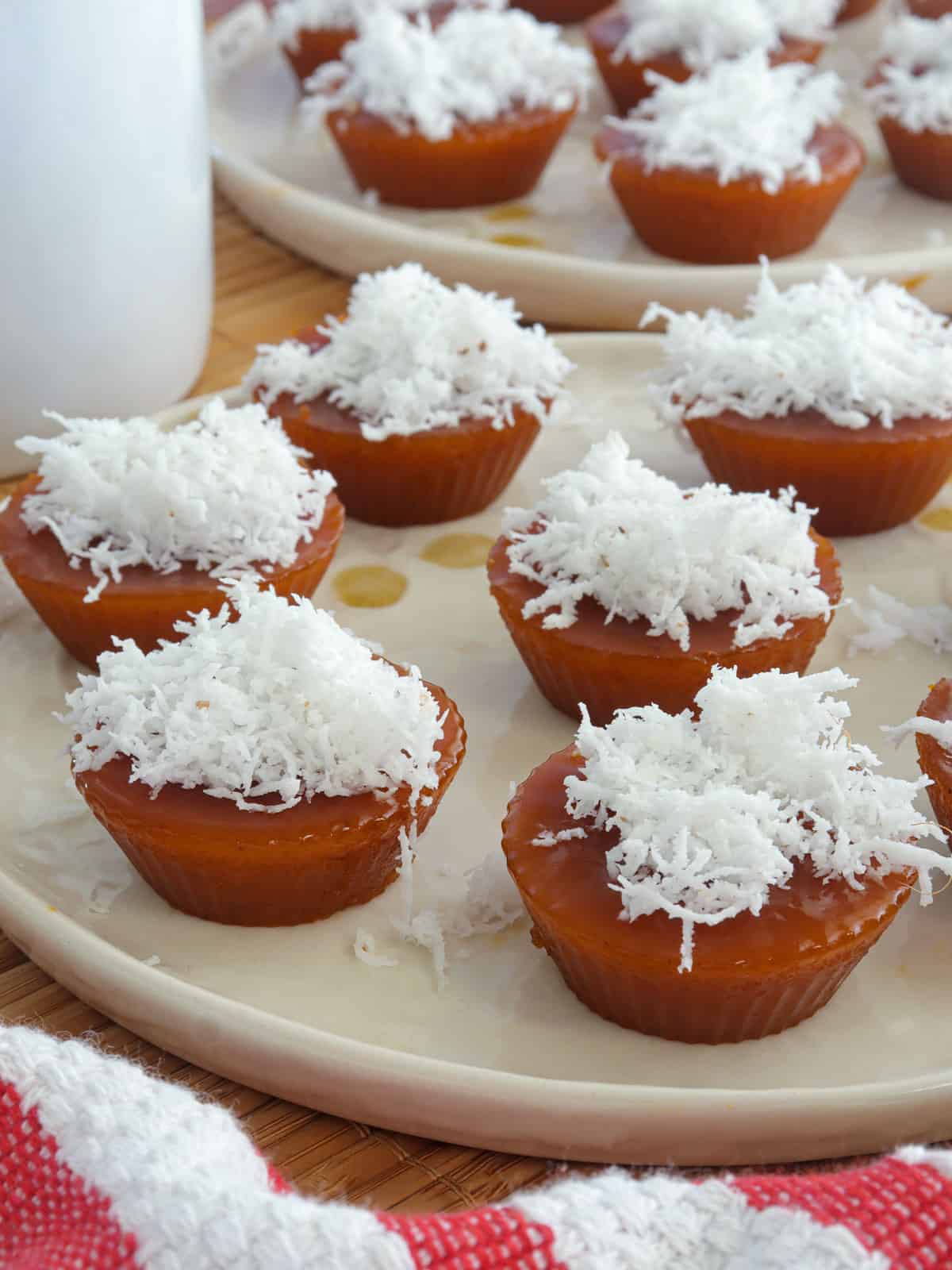
I've been looking for a good recipe for kutsinta or cuchinta since forever, but my search and kitchen experiments have been sorely disappointing. That was until last weekend, when my kumare posted on Facebook a picture of the kutsinta she made and how she finally nailed the recipe after two years of trial and error.
I was so excited reading her post that I PM'ed her as fast as my stubby fingers could type! I am unsure of the time difference between California and Vancouver, where she lives, but I was glad she replied with the recipe and had me on my kutsinta-making project in thirty minutes flat. Thank heavens for awesome friends 🙂
I made a couple of bites of the steamed cakes following her method, and I had to agree; she indeed nailed it! While most of the recipes I've encountered in the past use rice flour, her version uses all-purpose flour and tapioca flour, which, along with the addition of lye water, produces the soft and chewy texture I like.
Are you in the mood for more puto recipes? Try this easy Puto with tons of cheese and this Puto Lanson made of grated cassava. Enjoy!
Ingredient notes
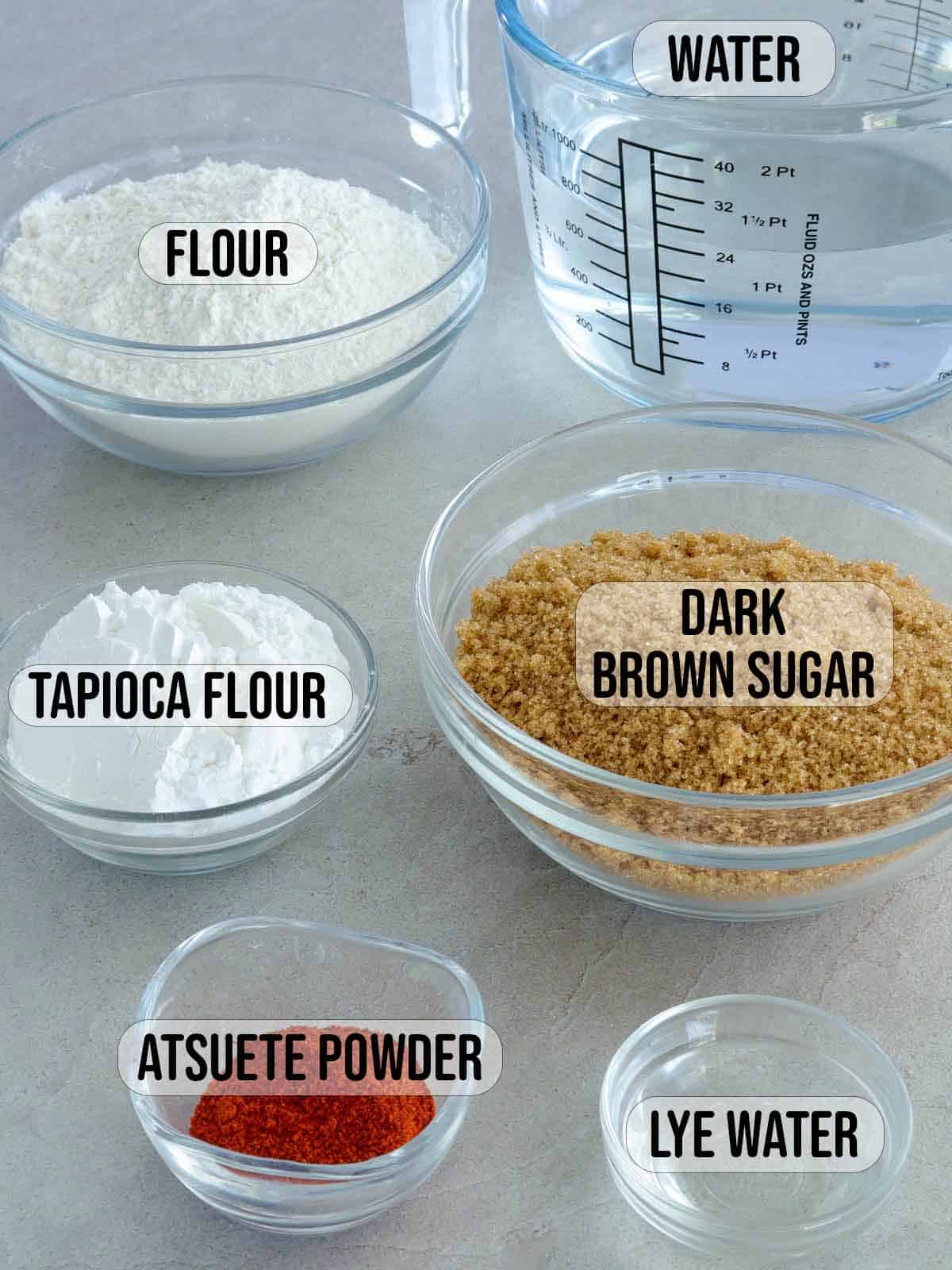
- Flour- the recipe uses a mixture of all-purpose and tapioca flour for a soft and chewy texture.
- Brown sugar- adds color and sweetness
- Water- the ratio of flour and liquid in the recipe yields the texture I like. Less water will result in a tougher cuchinta, and more water will create a softer consistency.
- Atsuete/annatto powder- enhances color. You can use more or less depending on the depth of color desired and the brown sugar used. Note that the color will deepen as the mixture cooks.
- Food-grade Lye water- locally known as lihiya. It softens the texture for a chewy texture and boosts color. Add sparingly as it can impart a bitter taste.
Kutsinta cooking process
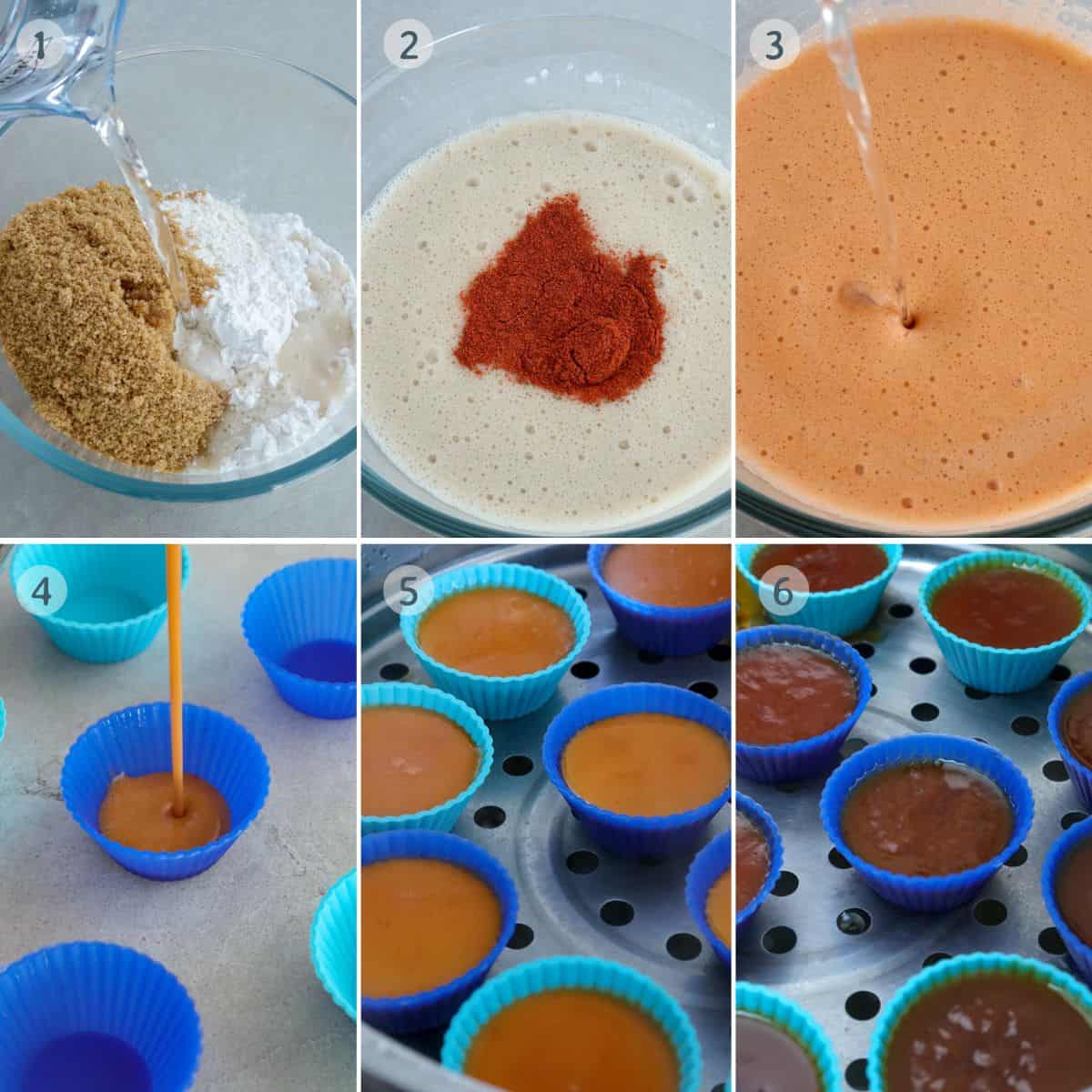
- Combine flour, tapioca flour, sugar, and water in a large bowl and stir well until dissolved and the mixture is smooth.
- Add atsuete and stir until well dispersed and the desired color is achieved.
- Add lye water and stir.
- Fill the silicone molds to about ¾ full. If using tin molds, lightly grease the insides with melted butter to make removing the steamed kutsinta easy.
- Fill the steamer with water and bring to a simmer. Arrange the filled molds in a single layer on the steamer basket and steam the kutsinta mixture until set.
- Remove from heat and allow to cool. Gently remove the steamed cakes from the molds and top with grated coconut.
Helpful tips
- Steam in a gentle simmer to prevent the kutsinta from sinking in the middle.
- These are mini-sized cuchinta; recipe yield depends on the size of molds you use.
- Stir the mixture before pouring it into the molds, as the flour tends to settle in the bottom.
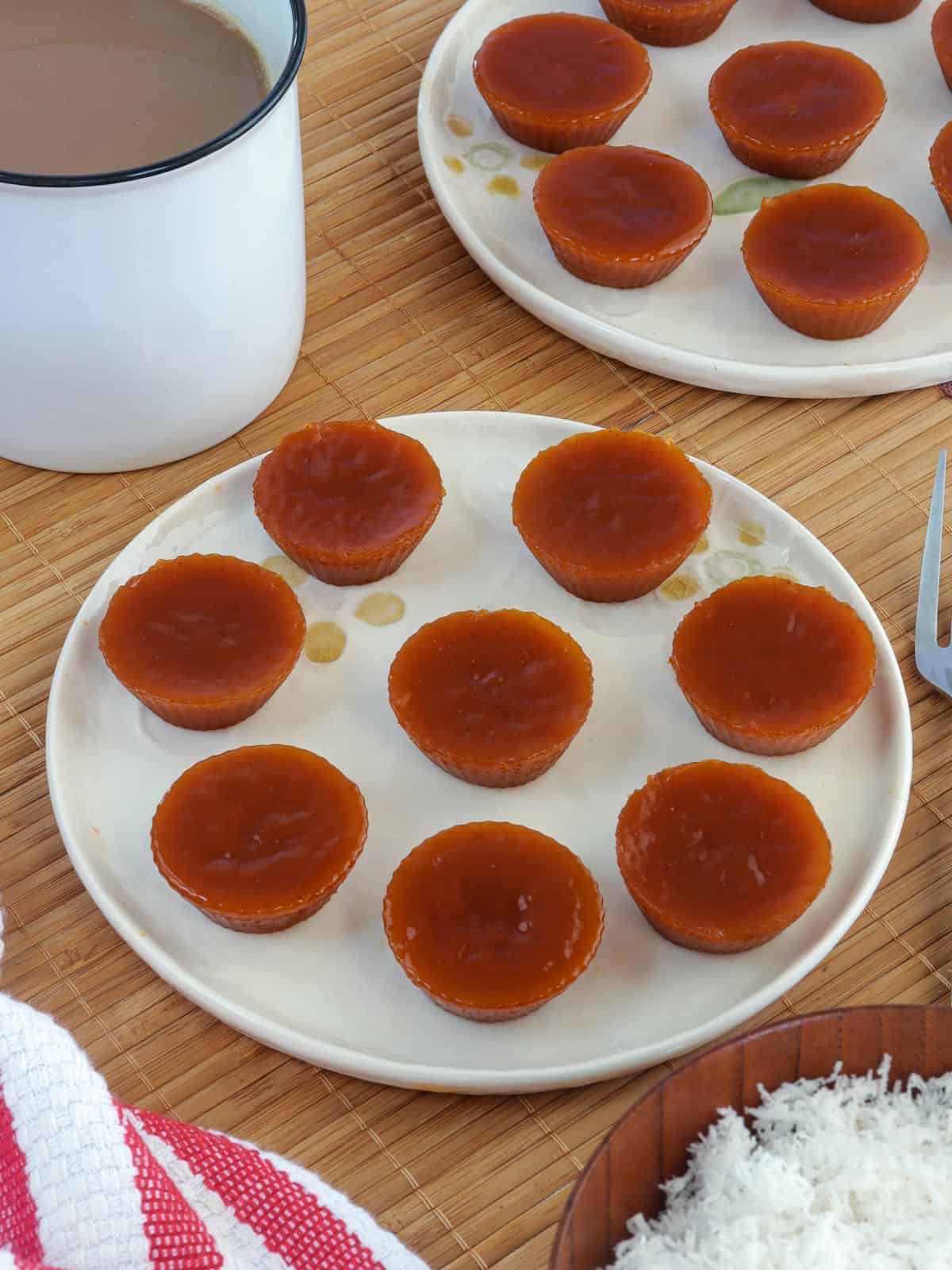
Flavor Variations
- Ube- use white sugar instead of brown sugar, skip the atsuete powder, and add a few drops of ube extract to the batter
- Black- use white sugar instead of brown sugar, skip the atsuete powder, and add a few drops of black food coloring to the batter
- Pandan- use white sugar instead of brown sugar, skip the atsuete powder, and add a few drops of pandan extract to the batter
Frequently Asked Questions
What lye water does in kutsinta?
Food-grade Lye water is a strong alkaline solution used in various cooking processes, such as curing and baking. It is a key ingredient in making kutsinta or pichi-pichi, as well as Chinese moon cakes, bagels, pretzels, and ramen noodles. It raises the pH level of the dough for a richer color and a springy texture.
If you prefer not to use lye or don't have access to it, you can read this article on using baked baking soda solution as an alternative.
How to serve and store
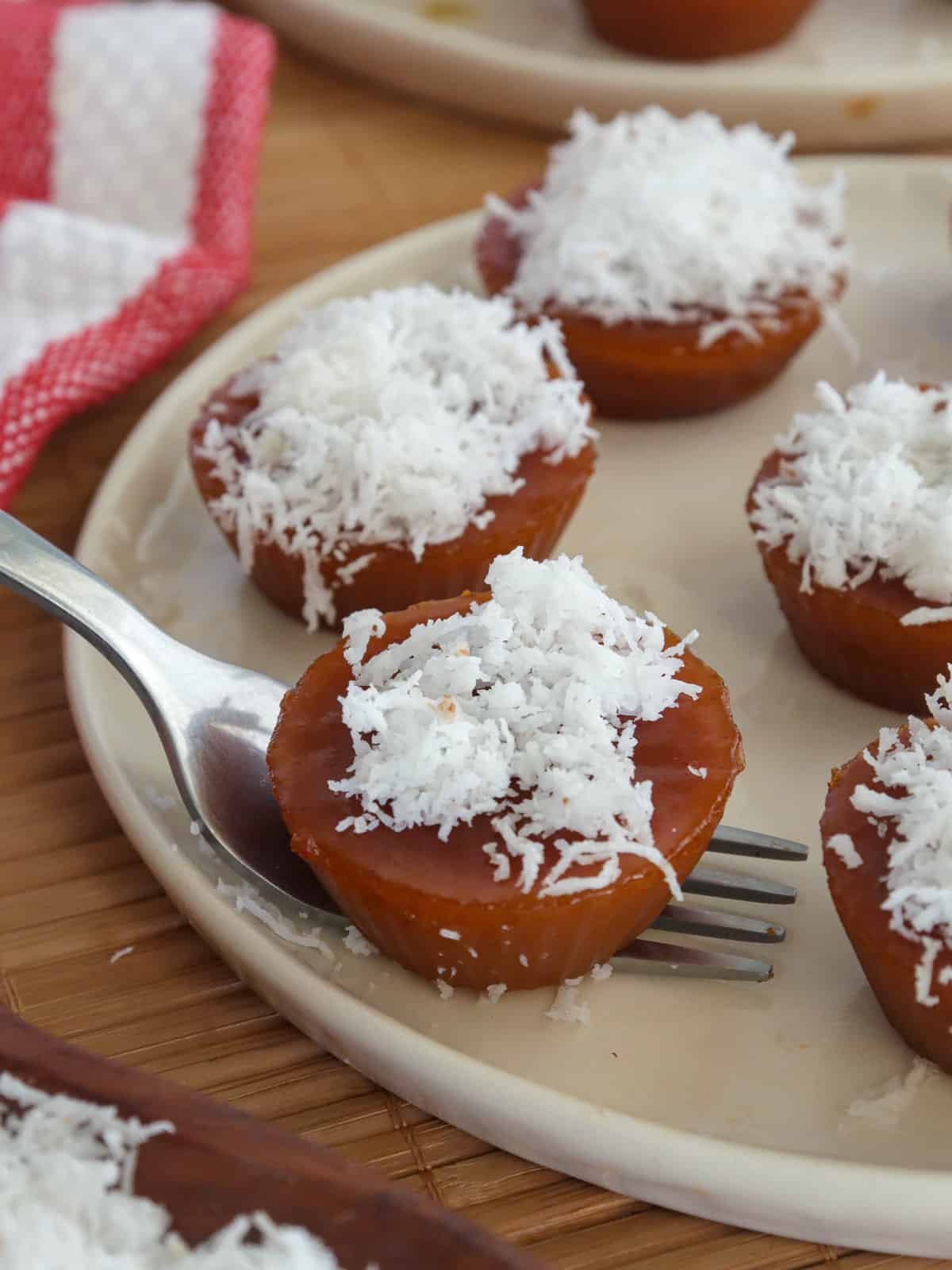
- Kutsinta are traditionally served for breakfast, midday snacks, or after-meal desserts. For a tasty treat, enjoy them with hot tsokolate or ice-cold calamansi juice!
- Top the steamed cakes with grated coconut (niyog) or toasted desiccated coconut (budbod). You can skip the coconut and dip them in dulce de leche or yema spread.
- To store, transfer to a container with a tight-fitting lid and refrigerate for up to 3 days. For longer life, top with coconut when ready to serve
More snack recipes
Ingredients
- 1 ½ cups flour
- ½ cup tapioca flour
- 1 ½ cups dark brown sugar
- 3 cups water
- 1 tablespoon atsuete powder
- 1 tablespoon lye water
Equipment
- silicone molds
- Steamer
Instructions
- In a bowl, combine flour, tapioca flour, sugar, and water. Stir well until dissolved and mixture is smooth.
- Add atsuete and stir until well dispersed and the desired color is achieved.
- Add lye water and stir.
- Fill molds to about ¾ full.
- Add water to the steamer and bring to simmer over medium heat.
- Steam kutsinta for about 40 to 45 minutes or until mixture is set. Remove from heat and allow to cool.
- Gently remove from molds and top with grated coconut.
Notes
- The atsuete is primarily added to deepen the color and you can use more or less depending on the brown sugar you use.
- If using tin molds, you might need to grease the insides to make removing the steamed cakes easy.
- Steam in a gentle simmer to prevent the kutsinta from sinking in the middle.
- These are mini-sized cuchinta; recipe yield depends on the size of molds you use.
- Stir the mixture between pouring into the molds as the flour settles in the bottom.
- Nutritional info is calculated at two pieces per serving.
Video

Nutrition Information
“This website provides approximate nutrition information for convenience and as a courtesy only. Nutrition data is gathered primarily from the USDA Food Composition Database, whenever available, or otherwise other online calculators.”

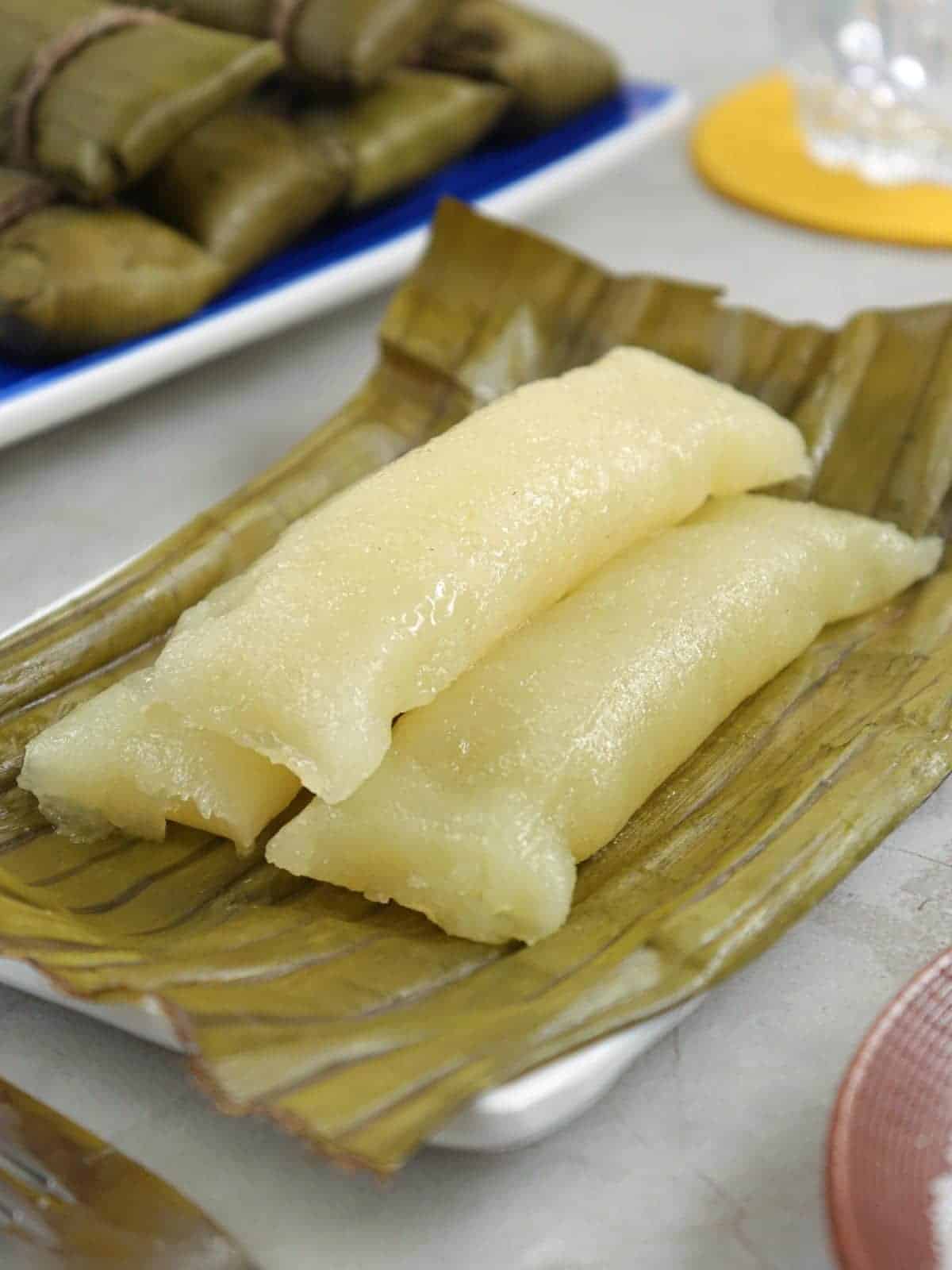
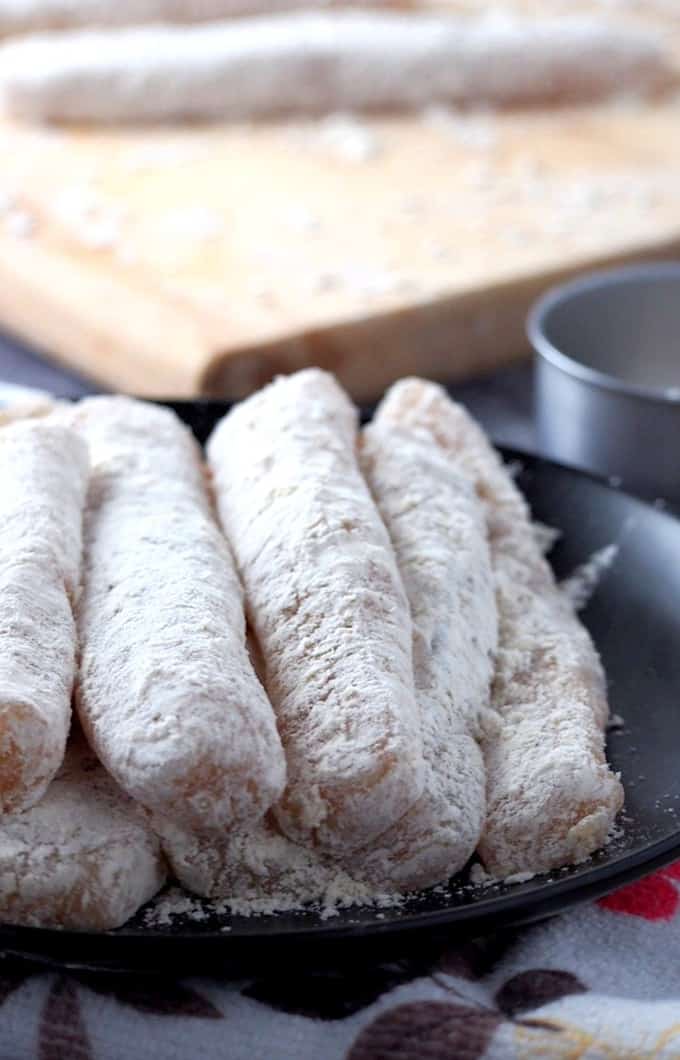
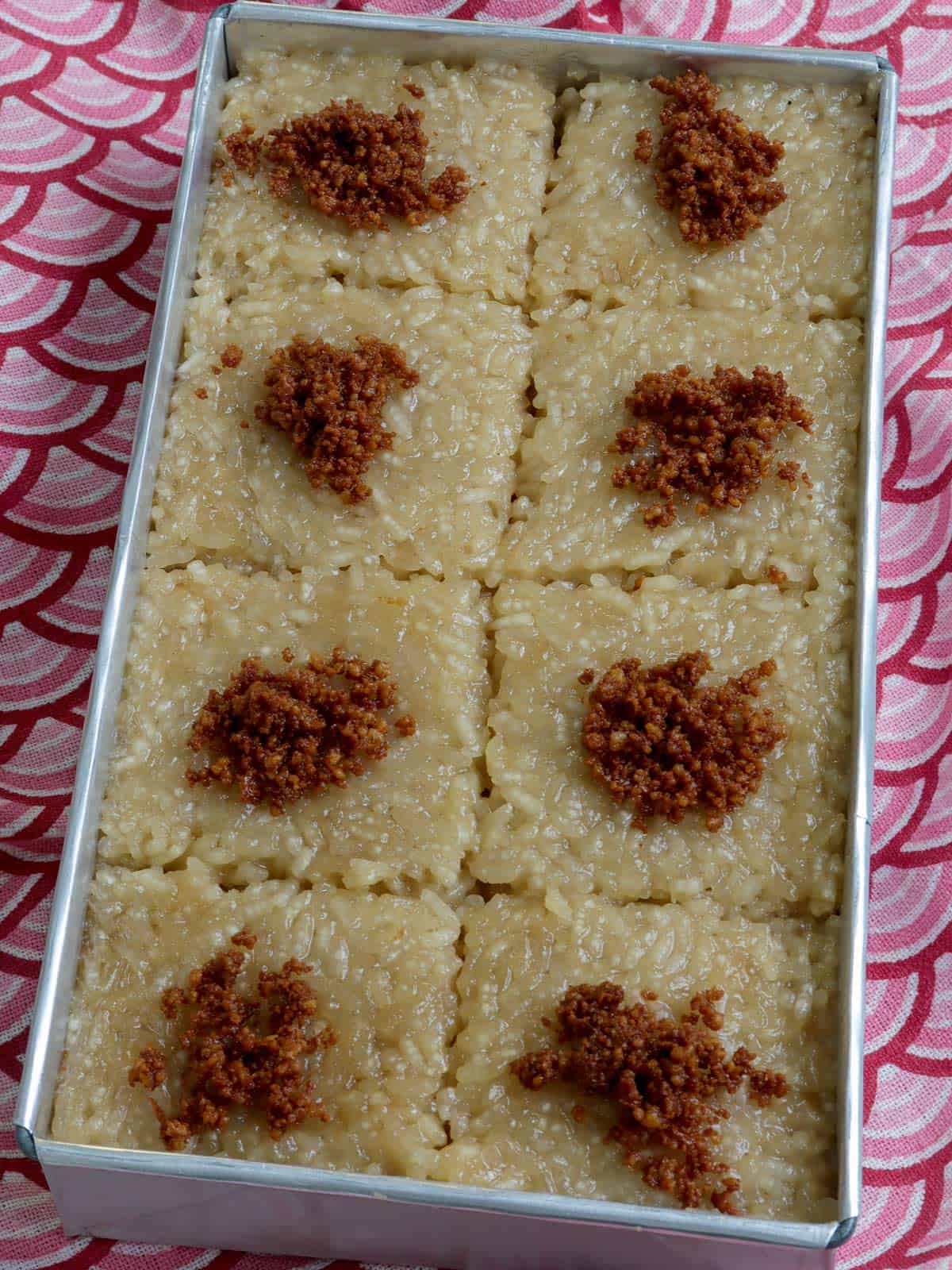
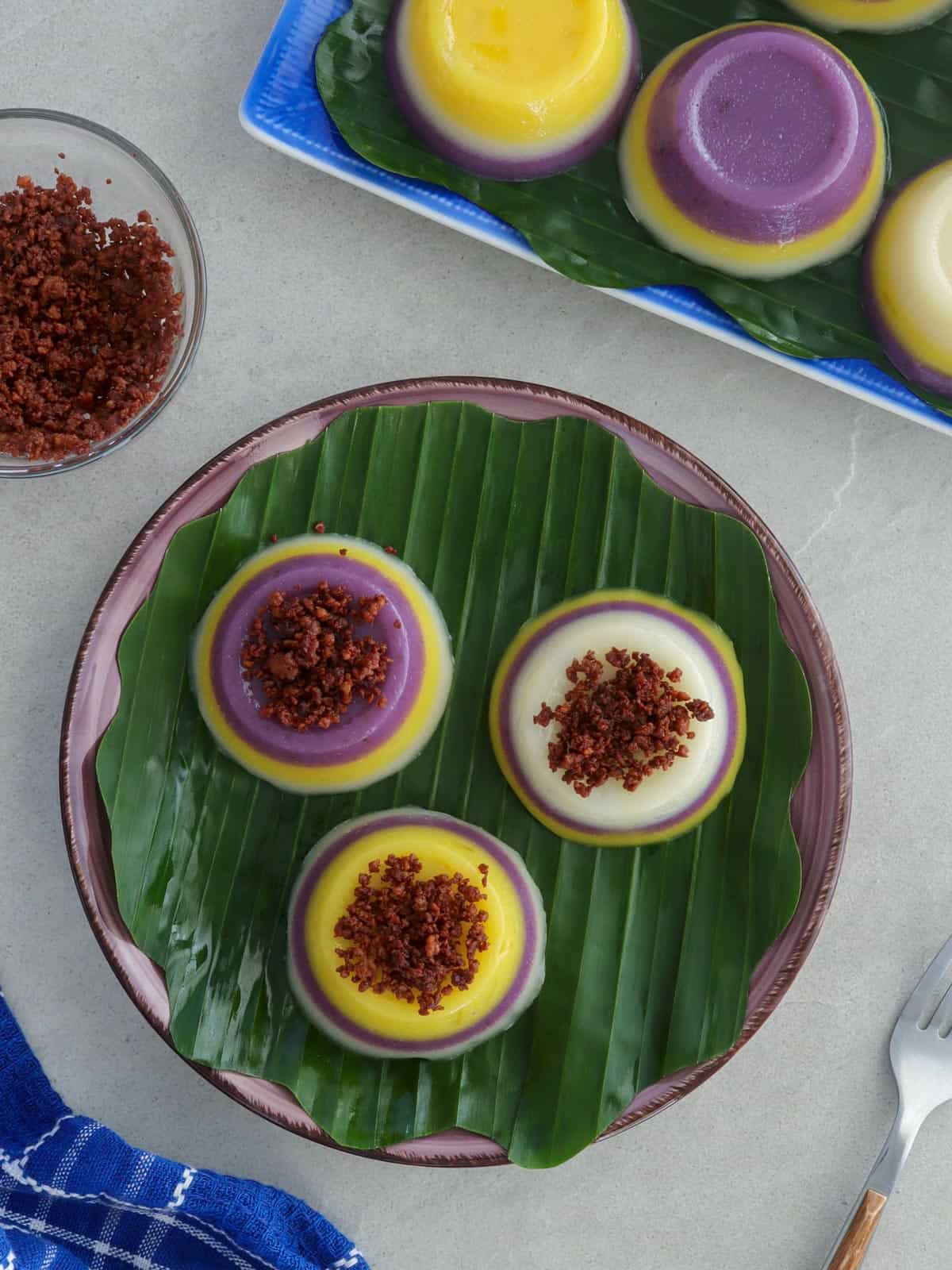
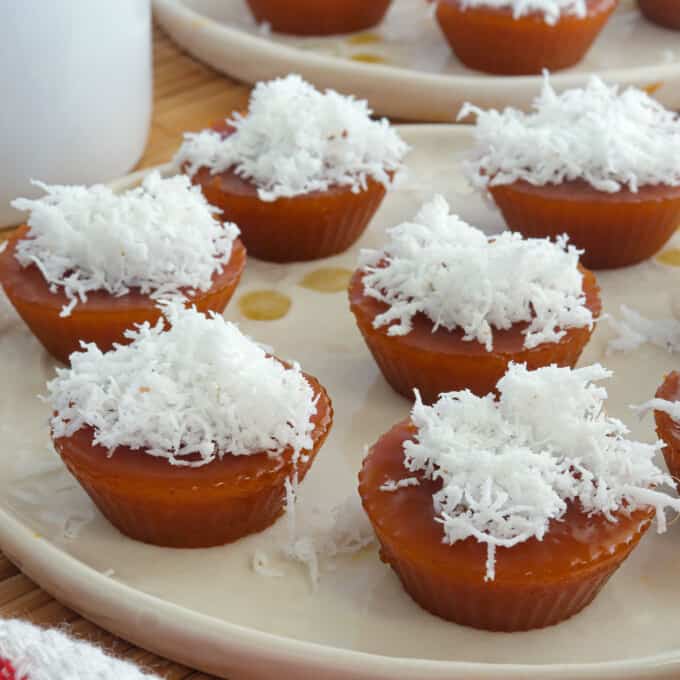
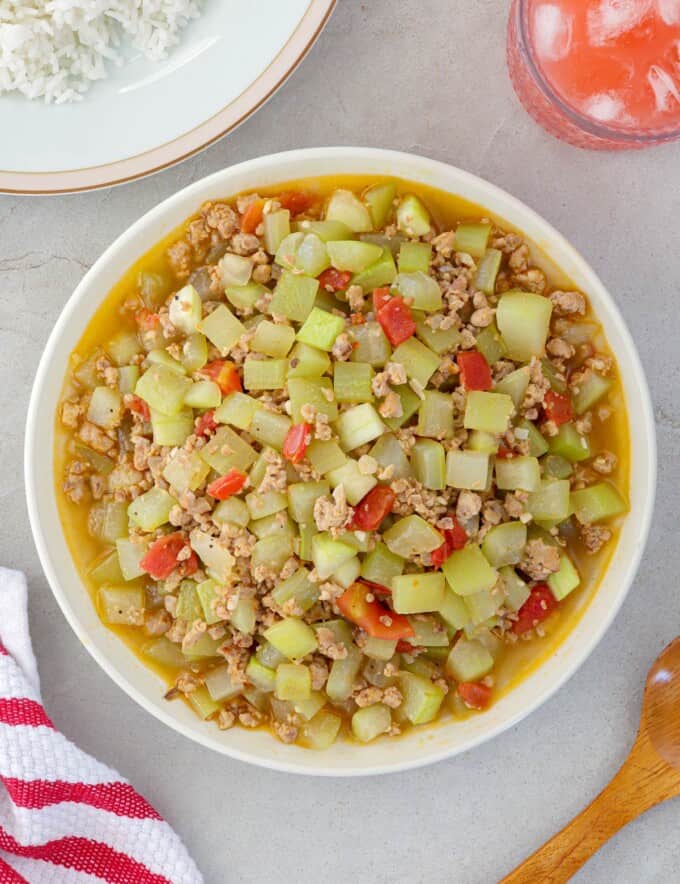
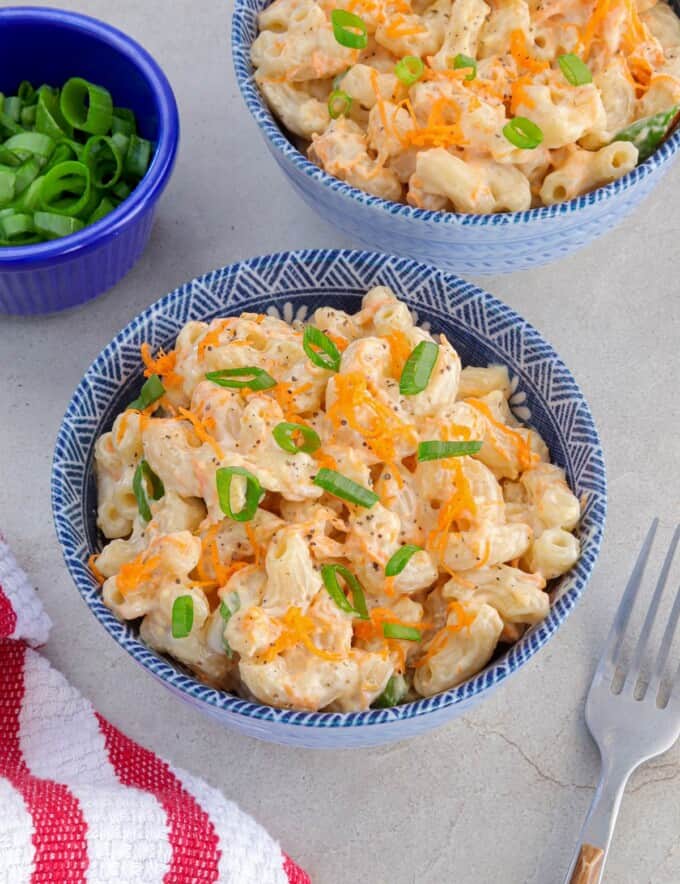
Nelia claveria says
Masarap pero medyo mapait bakit kaya? I use food coloring instead of atsuete powder.
Kat says
Hi! Ask ko lang po if po kaya pure tapioca flour ung gamitin? Iwas po kasi ako sa gluten eh. And ano po pala size ng container na ginamit nyo for kutsinta sa pagsteam? Thank you! Dito na lang po kayo magrep nadoble po comment. Hehe.
Kat says
Hello! Ask ko lang po pwede po kaya pure na tapioca flour gamitin? Iwas po kasi ako sa gluten eh. Tapos ano po pala size ng container nyo for kutsinta pag nag-steam? Thanks!
Ricci says
Thank you Lalaine for the recipe. You satisfied my cravings for kutsinta. I'm just wondering how can I make it less dense/firm? Also how can it be more shiny.
Thanks again, love it
Marvin V. Llaguno says
Good evning po..pwedi po ba paturo ng puto cutsinta?paki tagalog na din po ng recipe tnx..
snoopy says
hii, can i use alkaline water as replacement for lye water?
Cici says
I usually get from the supermarket bc I like the smell and taste and I finally made it at home 👍🏻. Can I use rice flour instead of all purpose flour?
Shine says
Where can I buy lye water?
Belinda Cabriga says
Thanks for the recipe masarap po siya at easy to follow
Jess says
Where can we buy the tapioca flour?
Valerie says
Thank you very much, I followed your recipe, now everyone wants to buy kutchinta from me after they tasted it.
Normalyn Enriquez says
hi! i wonder why my kutsinta is not shiny? i followed your recipe din po.
Romina estrada says
Bkit po shiny ang kutsinta nyo😊. Maganda pong tingnan. Tlga po bng 1 tbsp ang lye water hndi po 2 tsp. Tnx po s reply❤
Madelyn Siodina says
Can I use cake flour for my kutsinta?
Christine says
ano po.pwde pang palit sa tapioca flpur and lye water?